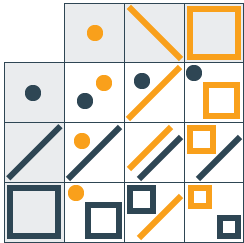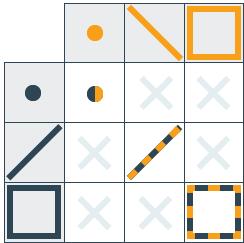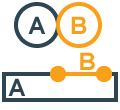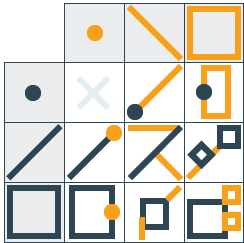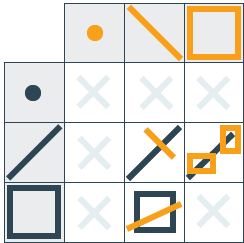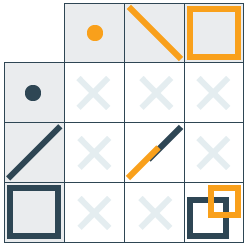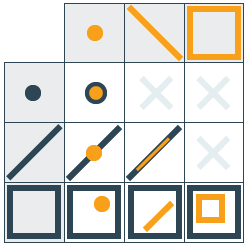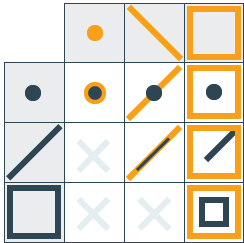| BOUNDARY | Point | Empty set. |
| Line |
CURVE_BOUNDARY_RULE ENDPOINTS_MOD2 The boundary is the set of all endpoints that occur an odd number of times. For a simple linear feature (that is, not a multicurve), this means the boundary is comprised of the start and end points, unless the line is closed (the start and end are the same point), in which case the boundary is the empty set. (This is the default if CURVE_BOUNDARY_RULE is unspecified.) CURVE_BOUNDARY_RULE ENDPOINTS_ALL The boundary is the set of all endpoints, regardless of the number of times they occur in the geometry. |
|
| Area | The border of a polygon, including the border of the holes. | |
| INTERIOR | Point | The point location. |
| Line | The entire line except its boundary as determined above. | |
| Area | The inner surface of the polygon. | |
| EXTERIOR | Point | Everything that is not on the BOUNDARY or the INTERIOR. |
| Line | ||
| Area |

